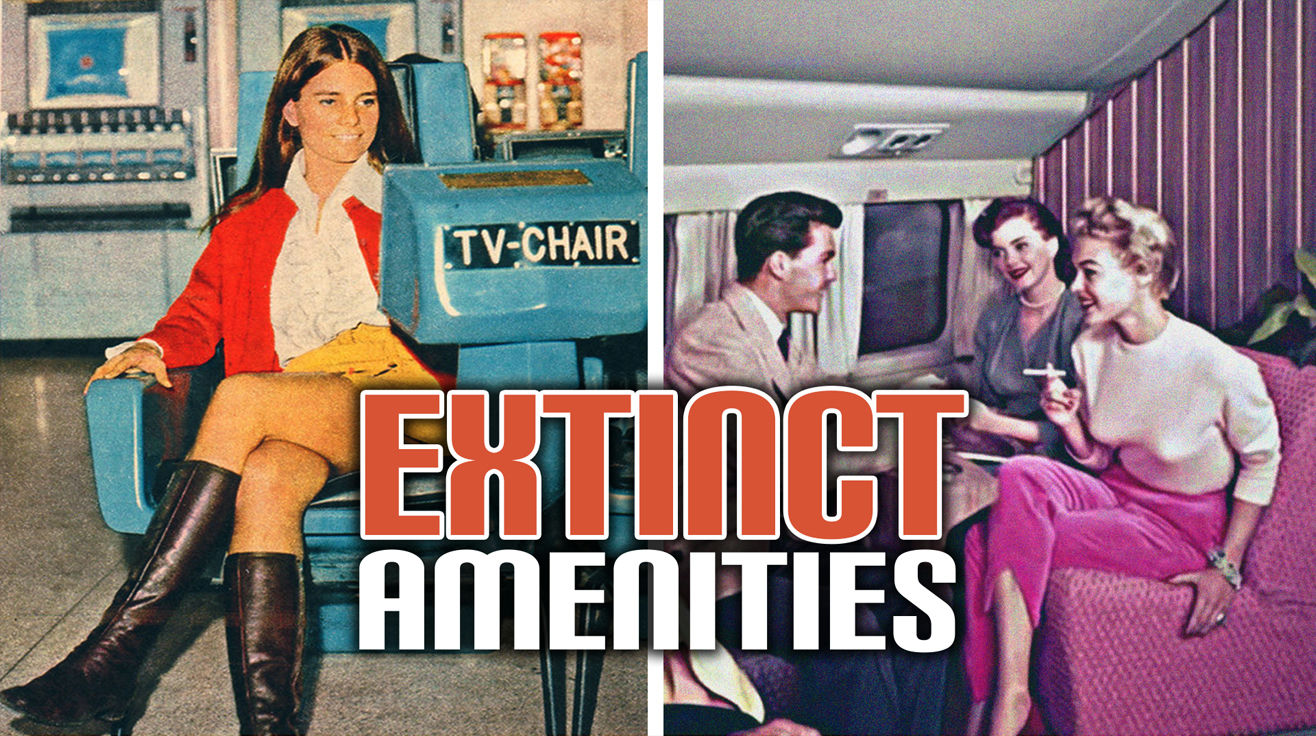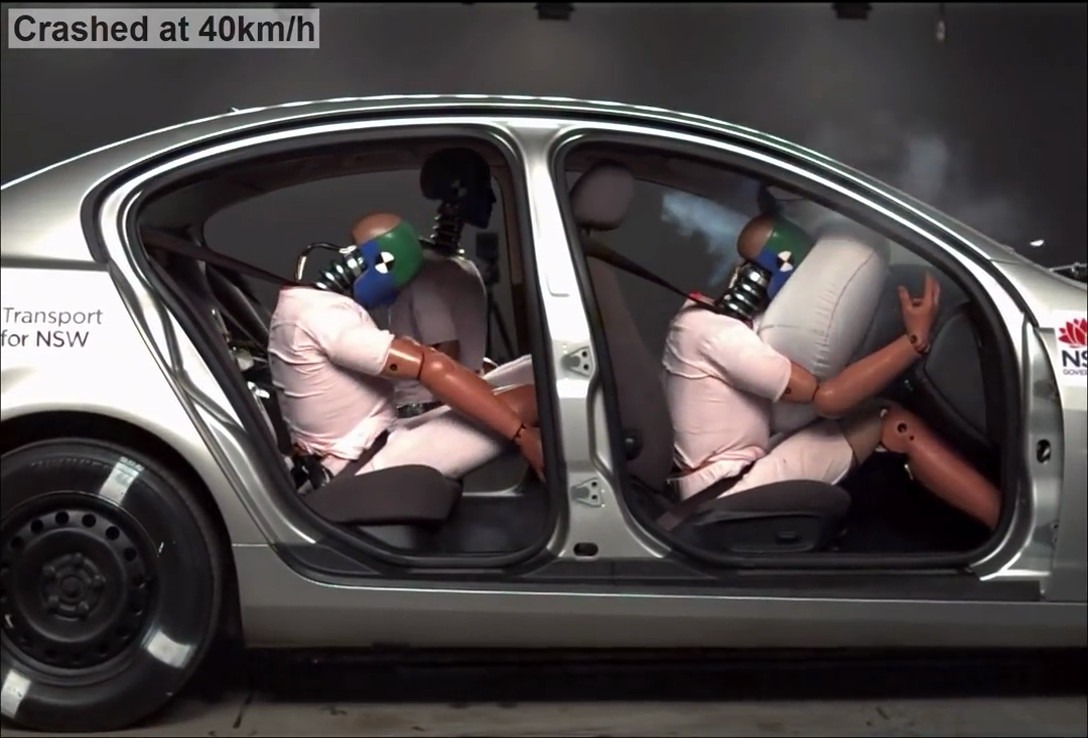Air travel used to buzz with excitement. Back then, airports served up experiences that would shock today’s hurried travelers. These changes reveal how our culture and technology evolved over decades. Ready to discover what vanished from terminals?
Security paranoia and budget-squeezing transformed these travel hubs beyond recognition. The quirky attractions and human touches that made each airport unique? Gone. These disappearing features tell a fascinating story about how flying changed from luxury to necessity.
Think of airports like restaurants that gradually removed the most interesting items from their menus until only the basics remained. The result? Efficient but forgettable experiences.
9. Observation Decks: Windows to Aviation Wonder

Remember when airports welcomed non-flying visitors? Observation decks once crowned terminals worldwide. These glass-enclosed viewing areas, unlike the airport secrets to get through lines & security faster that travelers obsess over today, attracted aviation geeks and Sunday afternoon family outings. Major hubs like Tokyo Haneda (established 1955) and London Heathrow (1957) made plane-watching a public attraction.
Then came September 11th. Security concerns slammed these doors shut faster than you can say “please remove your shoes.” Chicago O’Hare closed its famous deck in 2002 after 47 years of operation. These weren’t just viewing platforms – they connected communities with the massive infrastructure serving them.
Japan took a different approach. Their airports preserved and upgraded observation areas into tourist destinations. (Because of course Japan figured out how to make something both secure AND fun.)
8. Colorful Luggage Tags: Travel’s Visual Identity

Ever stood at baggage claim squinting at identical black suitcases? There was a solution once. Airports created distinctive, vibrant luggage tags featuring unique logos and colors. One glance told you whether a bag was heading to O’Hare or Orly Airport.
Airlines ditched these mini masterpieces for generic bar codes around 2000. Efficiency trumped personality – like replacing a handwritten letter with a text message. Sure, it works, but something got lost in translation.
These tags doubled as accidental souvenirs, preserving memories of past adventures. Collectors still hunt vintage examples online. Today’s boring bar code tags offer function without flair. They get the job done with all the charm of a parking ticket.
7. Hare Krishnas: Terminal Spirituality

Orange-robed figures once wandered terminals across America during the ’70s and ’80s. Hare Krishna devotees with shaved heads and tambourines created a soundtrack in concourses nationwide. They handed out flowers, chanted mantras, and sought donations from travelers rushing to gates.
This airport fixture vanished after 1997 when LAX banned solicitation near passengers. Other airports quickly followed suit. Their departure, much like the coolest amphibious planes from aviation history, marked the shift toward sterile, controlled spaces where nothing unexpected happens. Ever.
The scene in “Airplane!” where travelers navigate through aggressive solicitors wasn’t just comedy – it documented a real phenomenon. Those under 40 might watch it thinking “that’s ridiculous” while their parents nod knowingly. The terminal gauntlet was real.
6. Courtesy Cars: Simplified Travel

Business travelers once enjoyed an airport perk that sounds like science fiction today. Airports offered on-site courtesy cars for nominal fees. No rental counters, no paperwork marathons – just grab keys and drive away. This service existed for a magical window of time when airports actually tried to make travel easier.
Ride-sharing killed this concept. Airports formed partnerships with Uber and Lyft instead. Modern travelers swipe phones rather than sign rental agreements. Progress? Maybe. But like swapping homemade cookies for factory-produced ones, something got lost in the convenience upgrade.
The courtesy car concept now lives in the same museum as airport smoking lounges and free checked bags. Nice while it lasted.
5. Coin-Operated TV Chairs: Pre-Digital Entertainment

Before smartphones became travel appendages, airports tackled boredom differently. Coin-operated TV chairs dotted terminals like weird retrofuturistic thrones. Drop a quarter, watch 30 minutes of whatever local stations offered. These contraptions existed in the awkward technological gap between “bring a book” and “carry the internet in your pocket.”
These chairs provided entertainment as effectively as a butter knife performs surgery. Technically functional but far from ideal. Tablets and smartphones mercifully ended their reign. Nobody mourned when airports hauled these relics away.
The concept seems absurdly primitive now – like explaining to teens that cars once needed keys or that phones used to hang on walls. Technology moves fast, but airport furniture? Not so much.
4. Shoe Shiners: Vestiges of Formal Travel

Airport shoe shine stands once provided essential services to travelers who dressed like they were meeting royalty, not cramming into economy seats. Business travelers relaxed in elevated chairs while professionals transformed their footwear into mirrors.
As flip-flops replaced wingtips, these stands became increasingly irrelevant. They remain in some terminals, catering to a dwindling demographic of formally-dressed flyers. Like typewriter repair shops or VHS rental stores, they’re fascinating time capsules of changing consumer habits.
These stands represent an era when air travel demanded your Sunday best. (And people actually had Sunday best.) Modern travelers prioritize comfort over presentation, trading dress shoes for anything with memory foam soles.
3. Free Baggage Carts: Vanishing Hospitality

Airports once provided baggage carts without charging for them. Wild, right? These metal lifesavers helped travelers navigate terminals without developing shoulder injuries. The concept reflected a quaint philosophy that customers shouldn’t pay extra for basic necessities.
Everything changed when Smart Cart introduced coin-operated versions in the late 1960s. The transition from “courtesy” to “revenue opportunity” happened faster than you can say “excess baggage fee.” This shift typifies how airports transformed from service providers to shopping malls with runways attached.
Some international airports still offer free carts. Walking through these terminals feels like stepping into a parallel universe where customer service matters more than squeezing every possible dollar from travelers’ wallets.
2. Outdoor Staircases: Open-Air Boarding

Boarding once involved walking across tarmacs and climbing metal stairs to planes. Rain, snow, or shine – passengers experienced the elements as part of their journey. This method connected travelers to the physical reality of flight in ways that jetways never could.
Delta Airlines introduced enclosed boarding bridges at Atlanta’s Hartsfield Airport in 1961. These weather-protected corridors spread like airport restaurants serving overpriced sandwiches. Comfort improved while the visceral experience of approaching a massive aircraft disappeared.
The iconic “Casablanca” farewell scene shows characters boarding via airstairs. Today’s equivalent would feature Humphrey Bogart waving goodbye through a beige accordion tunnel – considerably less dramatic. Some budget airlines still use stairs, treating passengers to an increasingly rare travel authenticity.
1. Smoking Anywhere: The Hazy Terminal Era

Terminals once resembled chimney conventions. Smoking wasn’t just allowed – it was practically mandatory. Passengers puffed away in check-in lines, gate areas, and onboard aircraft. Ashtrays decorated every available surface like bizarre interior design choices.
The Surgeon General’s warnings in the 1970s began shifting attitudes. Airports reluctantly created smoking sections, which worked about as well as creating a “peeing section” in a swimming pool. Today’s smokers huddle in designated outdoor areas, often looking like they’re serving brief sentences in nicotine jail.
This transformation mirrors society’s changing relationship with public health. What seemed normal became increasingly restricted as scientific understanding evolved. Younger travelers can’t imagine terminals filled with smoke, just as they can’t imagine phones with cords or cameras with film.





























